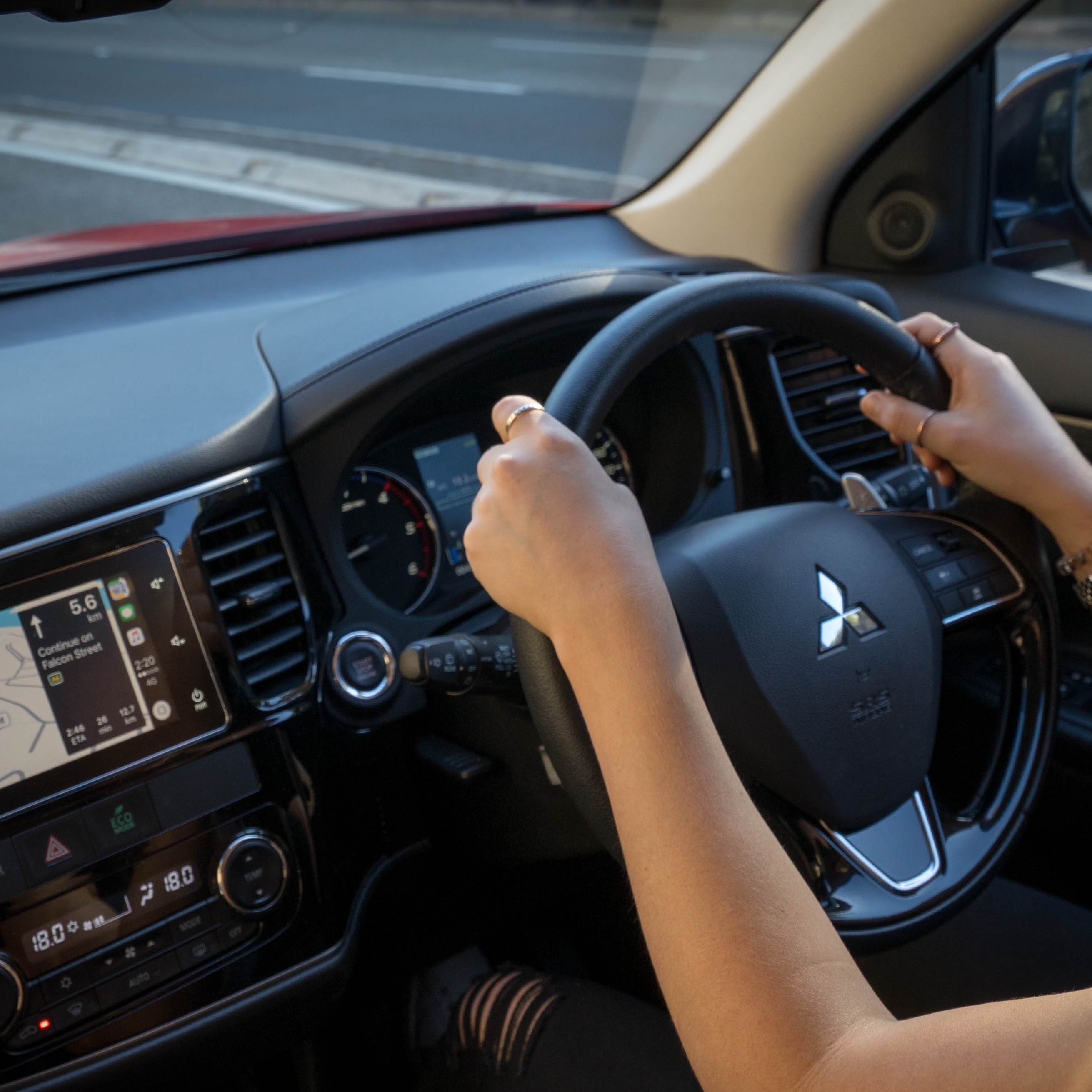When you’ve been driving for a long time, it can become second nature. It’s not uncommon to tune out, listen to some music and find that, before you know it, you’ve arrived at your destination.
While it’s great to barely have to think about what you're doing, you don’t want to end up falling into bad habits. Staying safe on the roads is all about developing good habits – so why not use these tips to help you switch any negative habits into positive ones.
The Basics
Bad Habit: holding the steering wheel incorrectly.
Everyone likes to be as comfortable as possible when they get behind the wheel, although sometimes this comfort comes at the expense of safety. While it may feel like you’re more in control with your hands on the inside, always try to keep your thumbs on the outside of the steering wheel. If something unexpected happens, causing the wheel to jolt or spin, you could seriously damage your hands. Imagine the steering wheel is a clock, and keep your hands at ten and two is the safest and gives you the most control.
Good Habit: adjusting your settings to perfection.
Before every trip, do a quick walk around to check there is nothing amiss - the tyres are inflated and have enough tread, the lights are all working and your mirrors are intact. Once inside the car, ensure your seat and steering wheel is in the ideal position and that your mirrors are adjusted so you have the greatest field of view possible.
Wet Weather
Bad Habit: going too fast in bad weather.
While you may know the road to work (or home) like the back of your hand, different environmental factors such as rain can change the conditions drastically. You may feel it’s safe to travel at the regular speed limit, however with the road being slippery, coupled with diminished visibility from the rain, you will be in much better stead to ease off on the accelerator by five or ten kilometres to make up for the change in conditions.
Good Habit: increasing your visibility.
Even if you are driving in the rain in the middle of the day, it is advisable to have your headlights on so that oncoming traffic can see you from as far away as possible, particularly if the rain gets heavier, reducing visibility.

Preparation
Bad Habit: Allowing your fuel tank to reach empty.
While it’s easy to find yourself too busy to stop and fill up your tank until the fuel light has been on for a while, it is important to ensure that you always have a quarter of a tank of fuel in your car. Not only can it be bad for the engine to take up the sediment which can settle at the bottom of your tank when you let it run low, but if your fuel gauge is inaccurate, you could break down and end up stranded, potentially far from help.
Good Habit: Being prepared for any situation.
Get together an emergency kit which stays in the boot of your car permanently, including items like fresh water, a torch, a first aid kit and reflective warning triangles. Replace any items you use up as you go so you never get caught out
Technology
Bad Habit: getting distracted by technology.
There’s nothing quite like listening to your favourite songs as you drive. However, listening to music at too high a volume can be dangerous. If the music is too loud it can diminish your ability to hear things which are happening around you, like other cars honking, or sirens, meaning you have little to no warning if you need to react quickly. Similarly, if you have your phone in the car with you within reach, it can be hard to ignore texts and phone calls which may pop up as you drive. Not only is this distracting but it's also illegal.
Good Habit: use technology to your advantage.
The way in which you use technology will depend on your vehicle’s make and model – however, all of the new cars in the Mitsubishi range have in-built technology features for greater safety and driving comfort.
Make sure your Bluetooth is always working and that your phone is correctly paired, so you can control calls from the dashboard, avoiding the temptation to touch your phone while it’s in the centre console.
In the latest Mitsubishi range Smartphone link Display Audio acts as an extension of your Smartphone. Connected to your vehicle's display you can access your phone’s compatible Apps and get directions, make calls, send and receive messages and listen to music all while your eyes stay focused on the road ahead.

